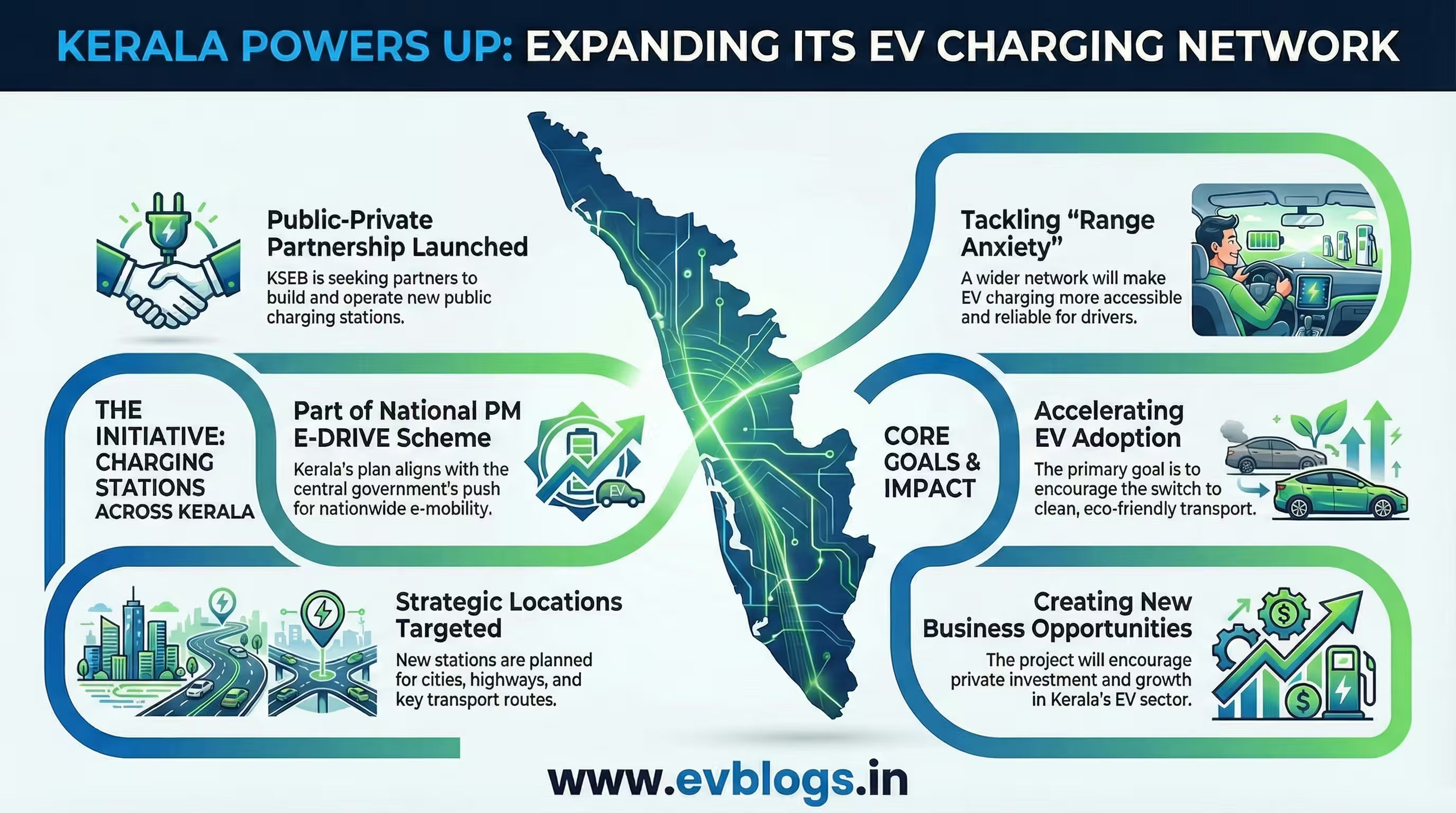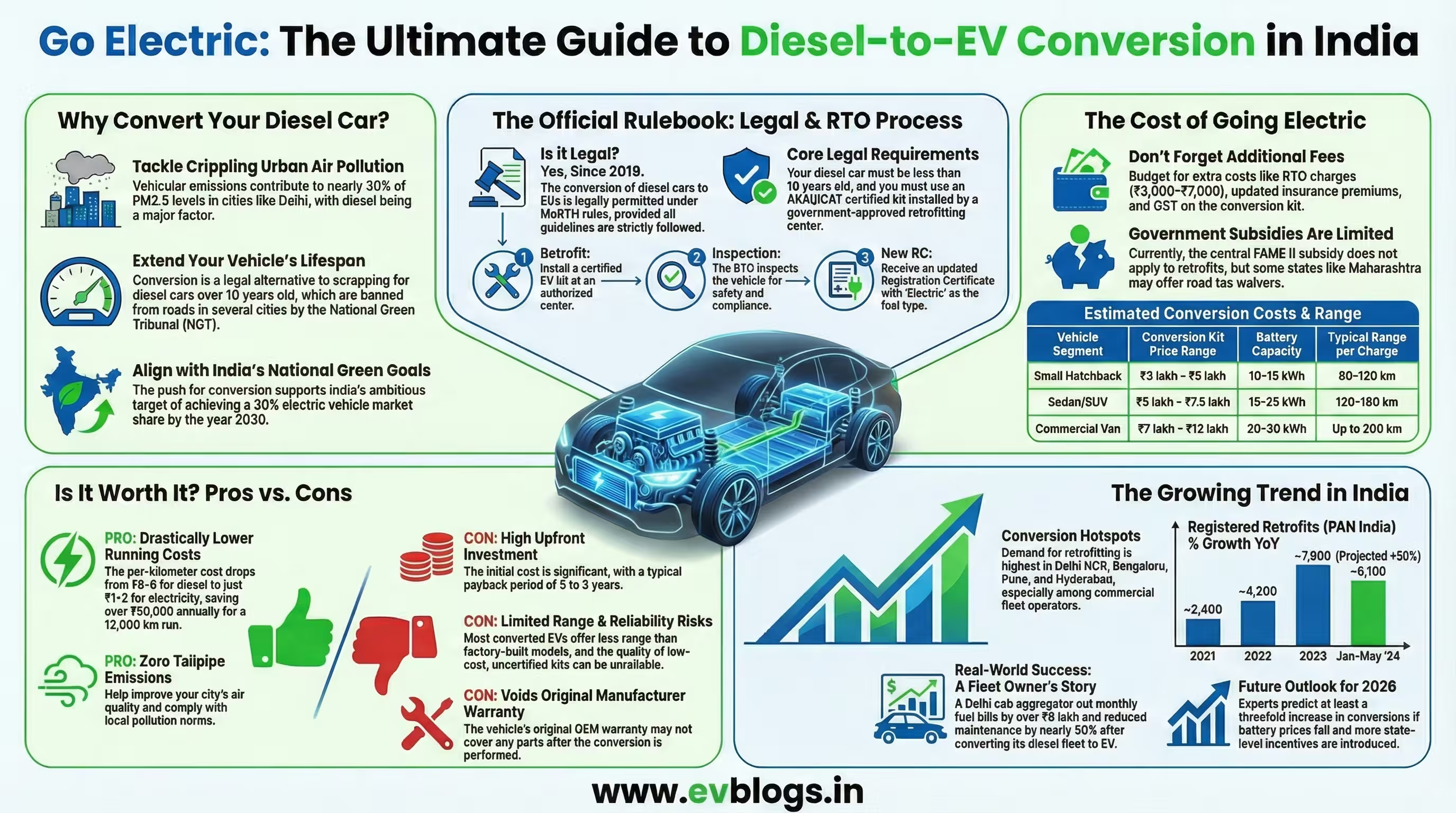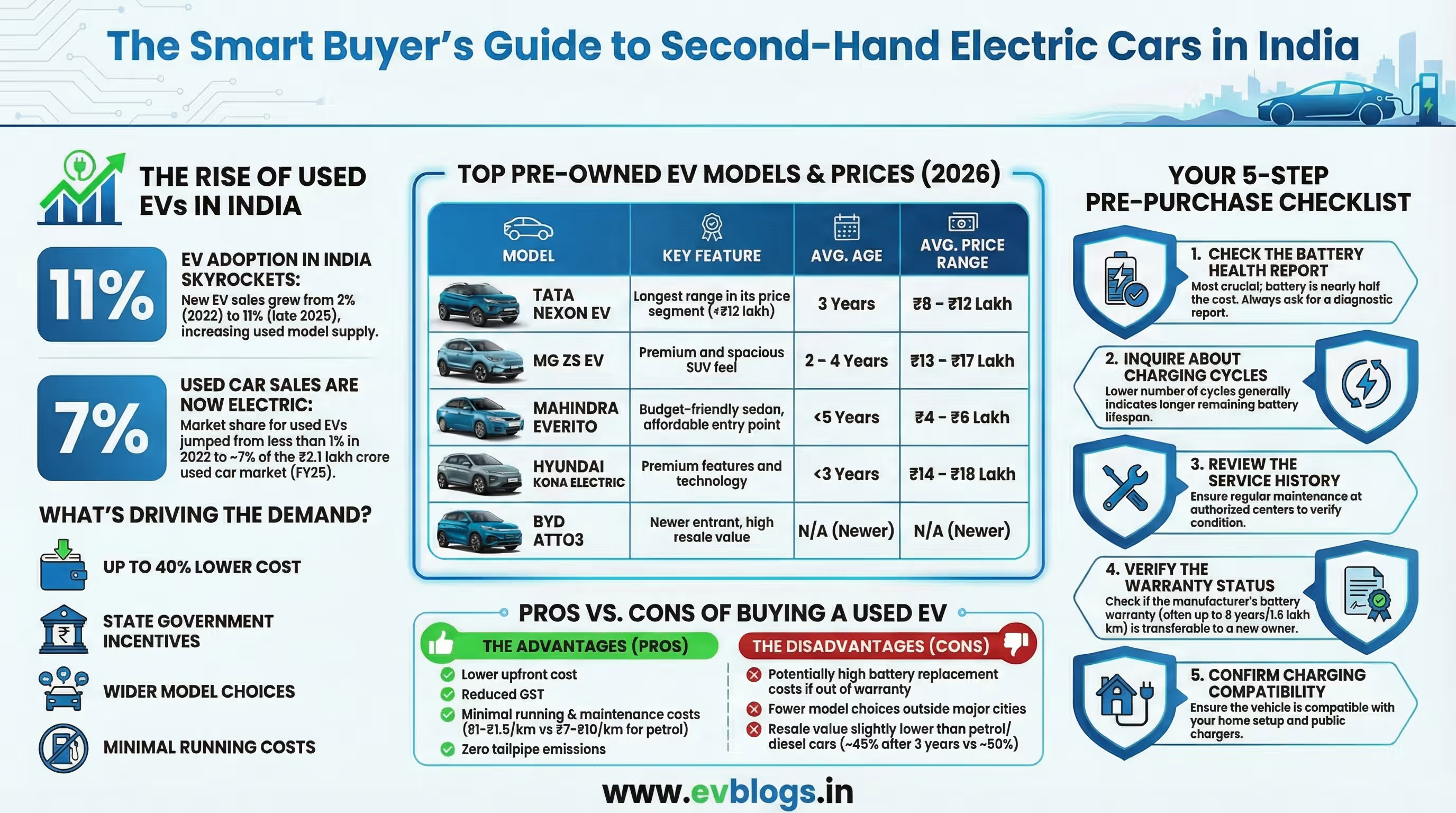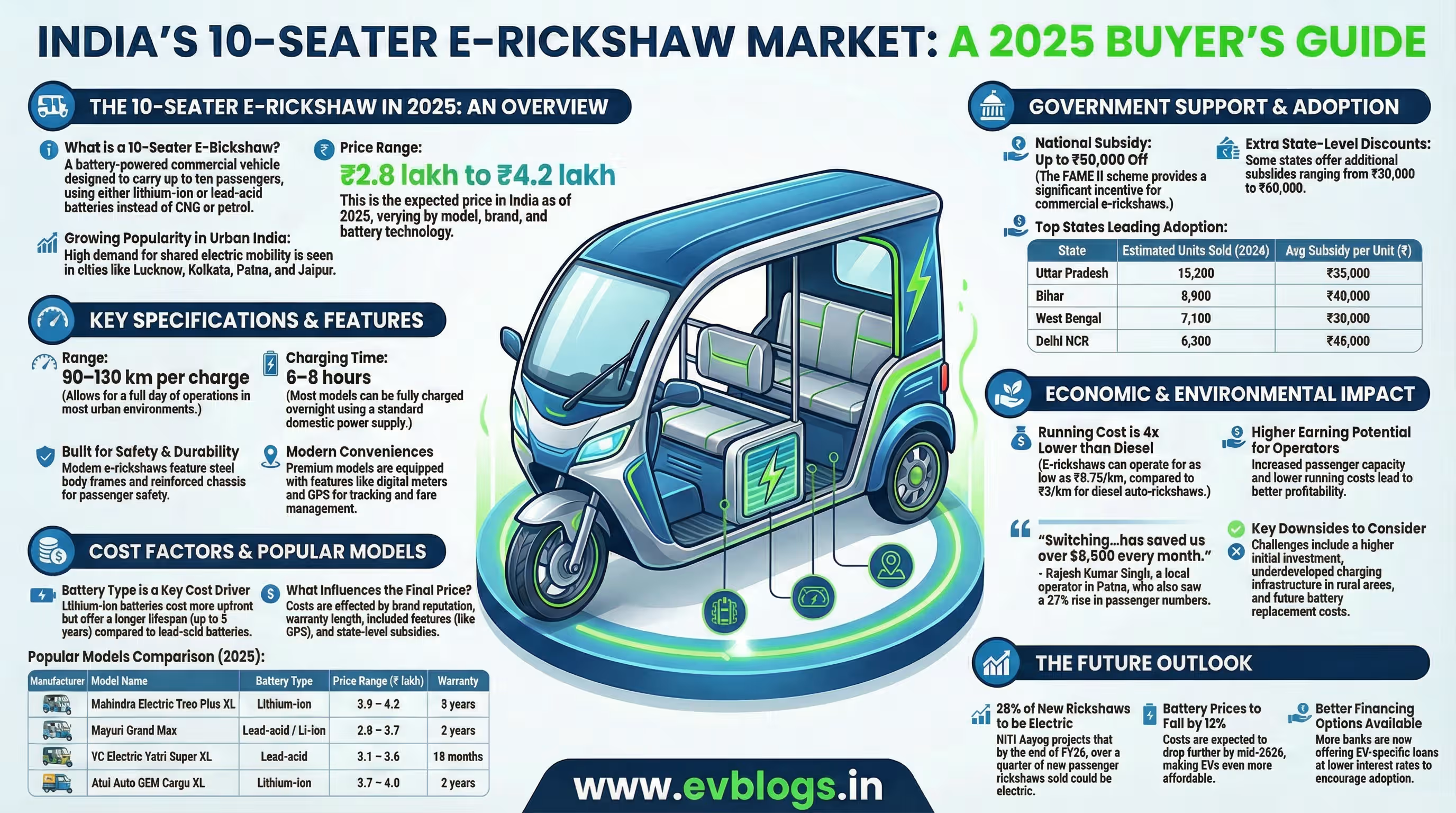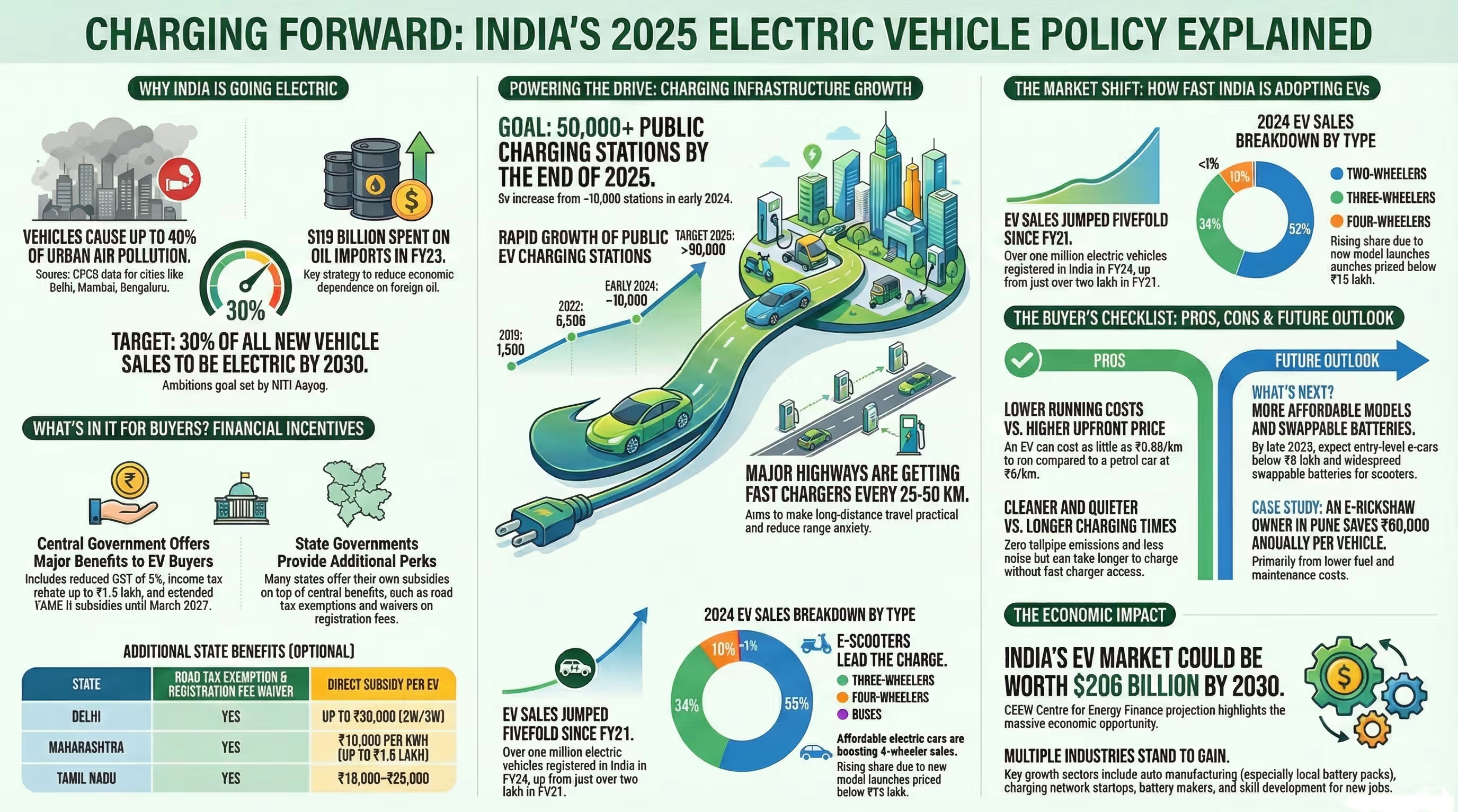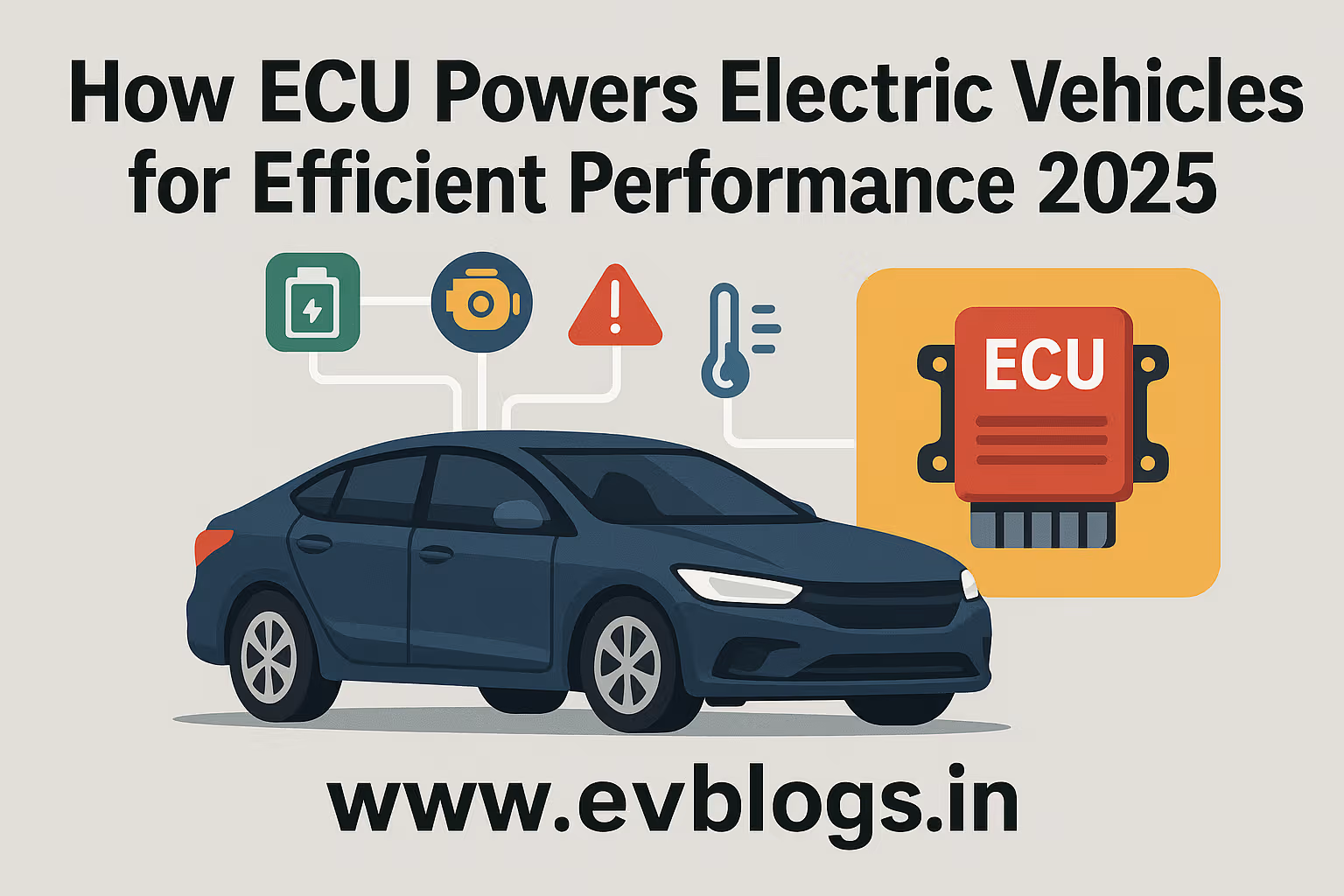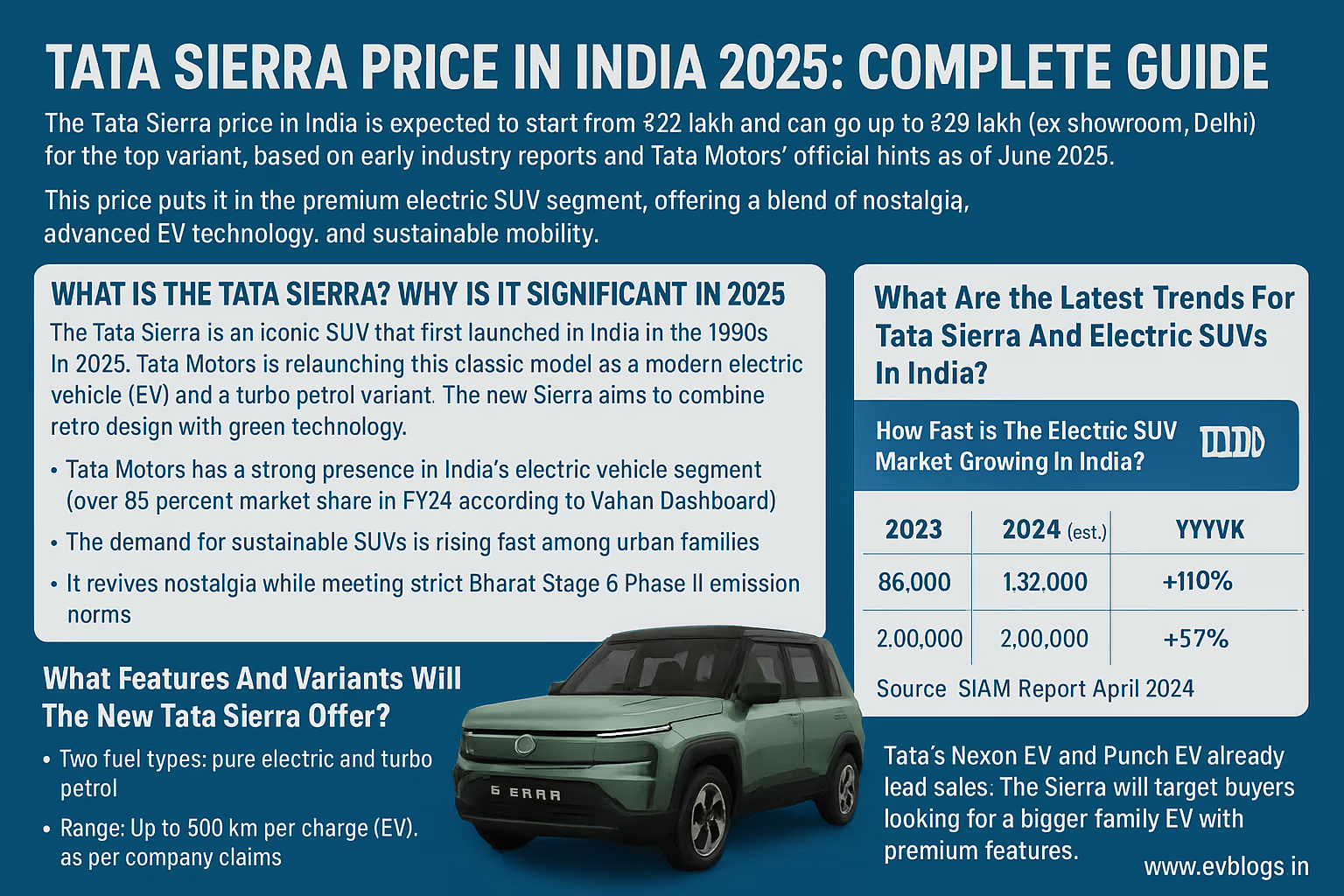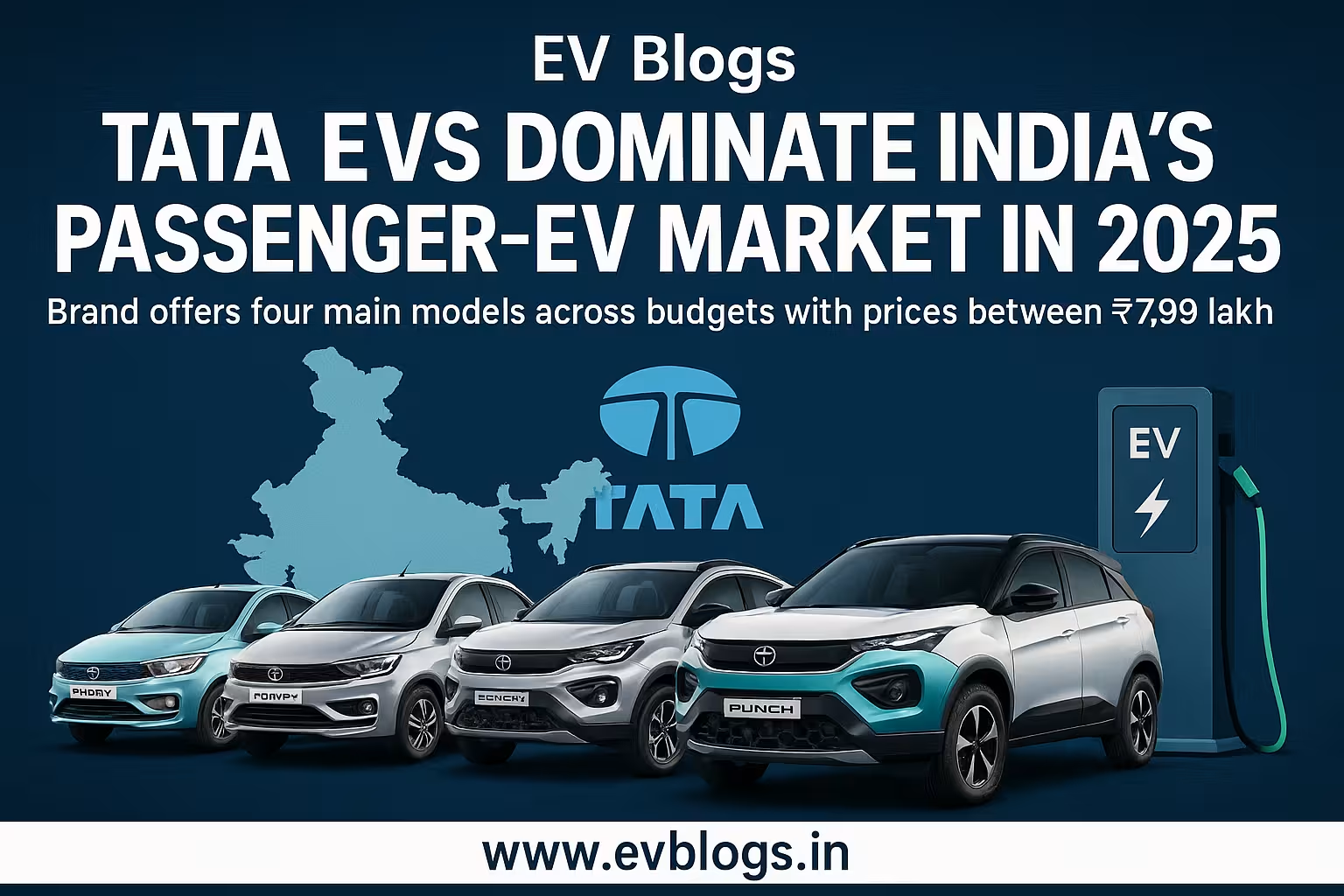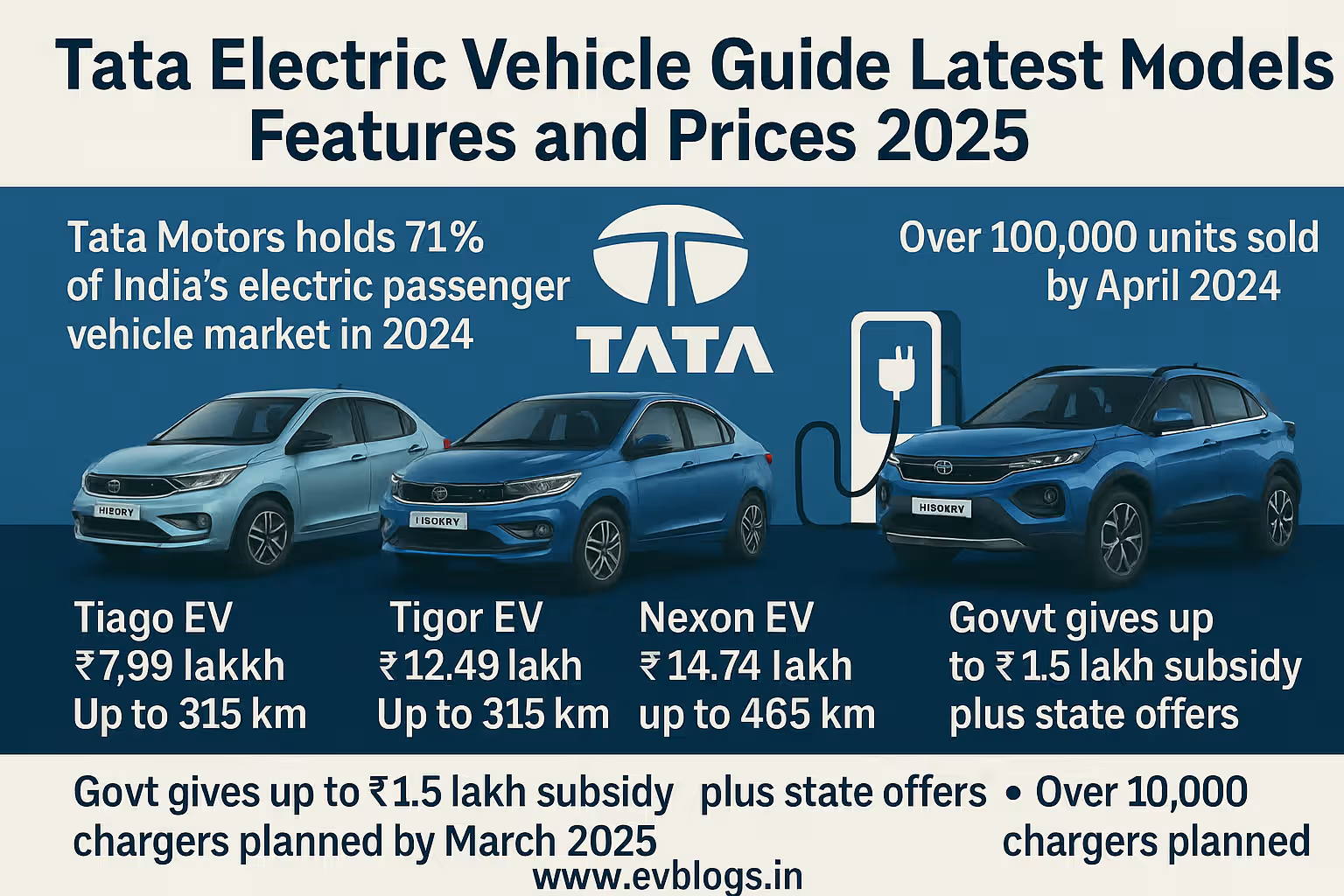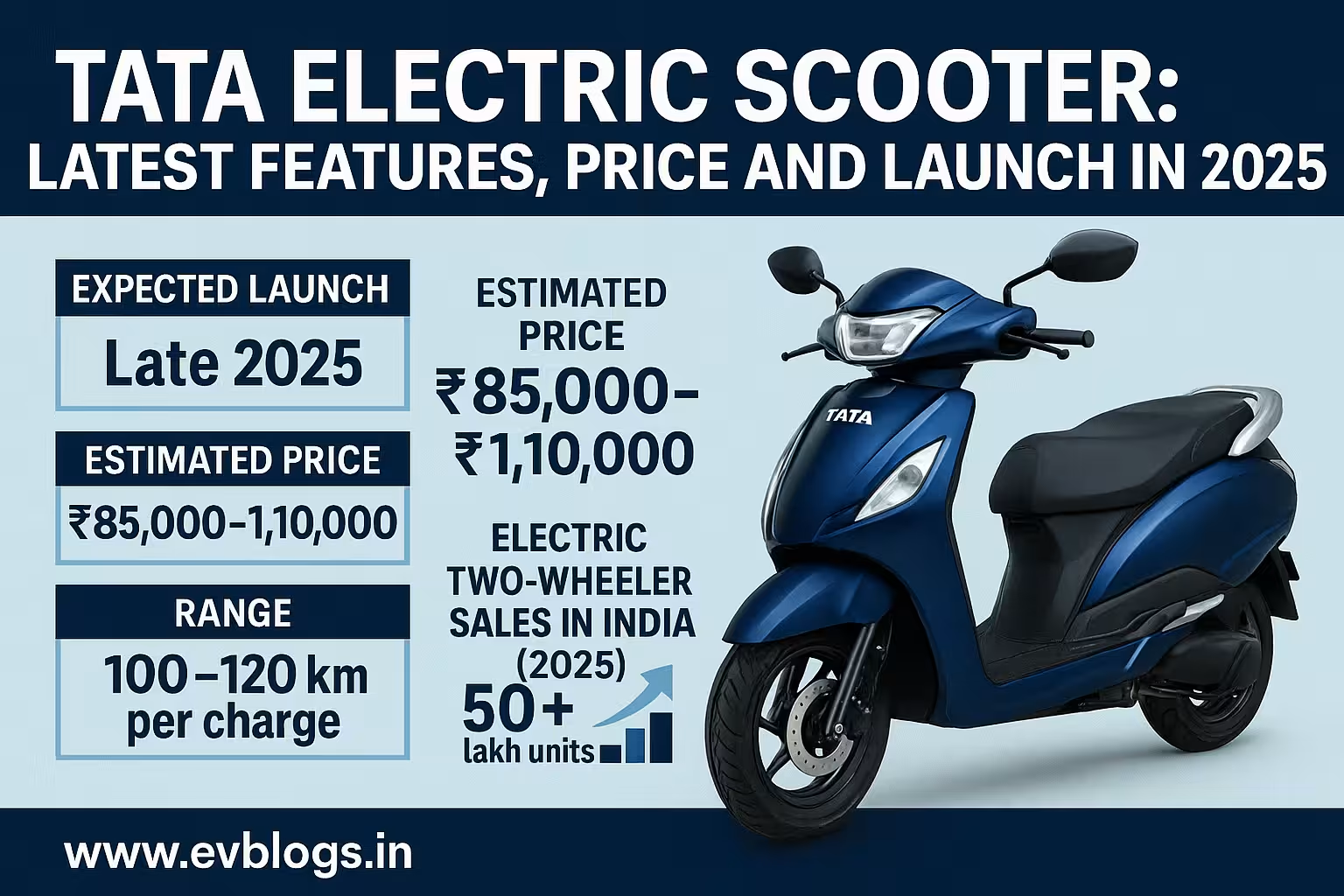Hedhvick Hirav
Hedhvick Hirav is a dedicated EV researcher and editor with over 4 years of experience in India’s growing electric vehicle ecosystem. Their contributions have been recognized in leading sustainability publications and automotive journals.
Summarize & analyze this article with
Choose an AI assistant and open this article directly:
Tip: if the AI doesn’t fetch the page automatically, paste the article URL manually.
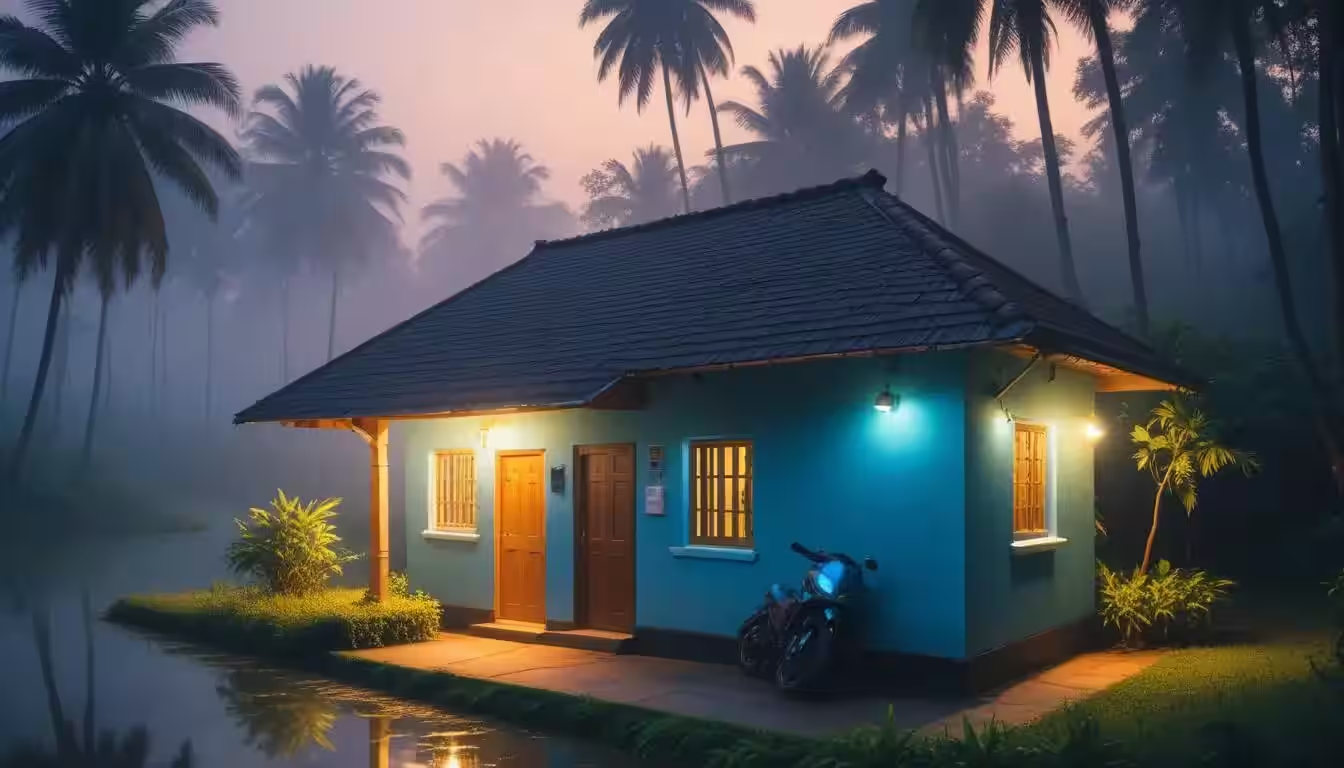
What Does Preparing Your Home to Have an EV in India Mean?
If you intend to purchase an electric vehicle (EV) in India in 2025 you may be wondering what it means to prepare your home. Electric cars require frequent charging, and home charging can be the deciding factor in the level of convenience you experience as an EV driver. It is not simply a question of connecting to a socket. It is a matter of safety, efficiency, cost-saving, and future proofing your investment.
Here is what it takes to get your home ready to an EV in India:
- Evaluating the existing electrical system in home
- Selecting the correct charger type of EV
- This is done with certified electricians on installation
- Knowing how it will cost you in your electricity bills
- Making your family and home safe
- Seizing the government incentives
- Future upgrade Planning or Planning multiple EVs
We will look at each of these steps, so that you can make better decisions and enjoy the full advantages of owning an EV.
You Know
In India, more than 92 percent of EV owners in 2025 will consider home charging as their most favoured and least expensive charging option.
Why should you install home charging your electric car in India?
Charging at home is the easiest and most affordable method of keeping your EV charged up and on the road. However, there are additional reasons to install a home charger rather than charge on the go.
Here are the reasons why home charging is gaining popularity among Indian EV owners:
- Cost Savings: The residential electricity rates are much cheaper compared to public fast-charging, where the cost of home charging can be as low as ₹2.5 3 8 per kWh (2025 rates) vs. ₹18 25 per kWh at the public stations.
- Convenience: One does not have to wait in the public chargers, especially at peak hours or during holidays.
- Safety: A professional installed charger will eliminate the risk of fire and electric shock.
- Battery Life: In order to maximize the life of your EV battery, charging it slowly and regularly at home is advised.
- Government Incentives: There are state and central government schemes where the cost of installation or electricity is subsidized to install home EV charging structure.
- Future-Proof: Home charging will make your future proof as more of your family members will consider EVs and you will be ready.
Common Misgivings on Aught Charging
- Will it put a strain on ether my current electrical system?
- What will be the increase in my electricity bill?
- Is it safe to children and pets?
- Will it operate when there is power outage or during load- shedding?
We will address all these issues in details below.
How Do You Evaluate the Electrical Load of Your Home to EV Charge?
Also, prior to installing a charger, it is necessary to know whether the existing wiring and electricity load can support the needs of an EV. This is one of the ways to test:
- Check Your Electricity Load: The normal Indian households are sanctioned with 3-5 kW. Contemporary EV chargers can require 2-7 kW or more.
- Check Your Meter: Digital meters display your authorized and actual load; old meters might need the visit of an electrician.
- Wiring: Old and/or thin wires may not be able to handle the high loads over a long period of time.
- Distribution Board (DB) Check: Your DB must have sufficient space to have a dedicated circuit breaker to the EV charger.
Electrical readiness steps to assess.
- Write down all of the major appliances (ACs, geysers, induction, etc.) and calculate their wattage.
- Deduct total appliance wattage from your approved load and the balance is available to charge.
- Inadequate, request a load increase to your DISCOM– may take a few days but is usually simple.
How to know when to call a professional?
- If your wiring at home is not up to date in 10+ years
- When you experience frequent tripping and or voltage fluctuations
- And you wonder about load calculations
Expert Insight
In Indian homes, most EV fires (20222024 figures) occurred as a result of poor wiring or the use of non-standard sockets, not the vehicle itself.
What is the Best Home EV Charger to Go in India (2025)?
The choice of the proper charger is a critical one. In 2025, EV users in India are able to choose between basic sockets and sophisticated smart chargers.
Types of Main Charger
Standard 15A Receptacle:
- Cost: ₹400–₹800
- Battery Life: 710 hours (3040 kWh battery)
- Safety: Essential, but not to be used over an extended period of time
Wallbox Charger (3.3 kW 7.2 kW):
- Cost: 30,000-60,000 (2025 dollars installation included)
- Charging time: 3-6 h
- Safety: High, circuit protection and auto shutoff
- Smart features: time based charging, application monitoring
Fast Home Chargers (upto 15 kW):
- Price: 150 000+
- Charging Speed: 1-2 hrs
- It is normally applied in high end apartments, villas or small businesses
Which Charger Is Correct For Your Needs?
- To use in the city daily (<50km/day): AC Wallbox (3.3 kW) can be used
- When you travel a lot on the highway or have more than one EV: Stronger (7.2 kW+) charger
- Two-wheelers/three-wheelers: Standard 15A socket is likely to be sufficient, but wallbox is safer
Best Home EV Charger brands in India (2025)
| Brand | Model | Power Output | Price (Rs, 2025) | Smart Features | Warranty | App Support | Customer Rating (2025) |
|---|---|---|---|---|---|---|---|
| Tata Power | EZ Charge Home | 3.3/7.2 kW | 36,000 52,000 | Yes | 2 years | Yes | 4.7/5 |
| Ather Grid | Dot Home | 3.3 kW | 41,000 | Yes | 2 years | Yes | 4.5/5 |
| ABB | Terra AC | 3.7/7.4 kW | 54,00068,000 | Yes | 3 years | Yes | 4.8/5 |
| Delta | (AC Mini) | 7.4 kW | 49,000 | Yes | 2 years | Yes | 4.6/5 |
| Exicom | Harmony | 3.3 kW | 38,000 | No | 2 years | Yes | 4.6/5 |
| Fortum | Home Charger | 7.2 kW | 53,000 | Yes | 2 years | Yes | 4.4/5 |
| Magenta | ChargeGrid Pro | 7.4 kW | 57,000 | Yes | 3 years | Yes | 4.5/5 |
| Marra Raja | Power Home | 3.3/7.2 kW | 37,00059,000 | Yes | 2 years | Yes | 4.4/5 |
| Okaya | Fast Home | 7.2 kW | 50,000 | Yes | 2 years | Yes | 4.3/5 |
| Servotech | EV AC Charger | 3.3/7.2 kW | 39,000-56,000 | Yes | 2 years | Yes | 4.5/5 |
Explained: Top Chargers
- Tata Power EZ Charge Home: The most popular, strong support, simple installation, suitable to Tata and non-Tata EVs.
- ABB Terra AC: Established in the international market, the highest safety standards, the best one for a premium user.
- Ather Grid Dot: Budget, compact, and ideal to be used with scooters and small cars.
- Magenta ChargeGrid Pro: Famous with its quick responsiveness and the most excellent mobile application.
- Okaya Fast Home: Cheap, suitable when you are a first time buyer, manufactured in India.
You Know
By 2025, 60+ percent of new EV car owners in Indian metros prefer to have an AC wall-mounted smart charger installed at home.
Who can you call to install EV chargers in Indian homes?
Installing of EV charger is not a DIY project in India- safety and compliance are important. The following are ways of locating the right installer:
- Authorised Dealer Installers: The majority of car brands such as Tata Motors, Hyundai, and MG, work with authorised dealers who install them.
- State Electricity Board (DISCOM) Partners: A large number of DISCOMs have a list of certified EV charger installers.
- Independent Certified Electricians: They should be licensed by the government and inquire about the past experience of EV installation.
What to Expect of an Installer
- Valid government contractors license in electrical work
- History with such installations
- Awareness of the local safety requirements and IS:17017 norms (The Indian EV charging standard)
- The desire to issue a certificate of completion of work
Usual Installation Procedure
- Evaluation of parking place and electric panel
- Recommending load increase in a case of need
- Special wiring, earthing
- Safety circuit breakers and wiring charger
- Testing and proving the work of the charger
Expert Insight
The Ministry of Power (2025) cites improper or DIY installation as one of the most common factors that led to the collapse of insurance claims that were based on EV-related electrical accidents.
What Does Home EV Charging Cost You in Electricity in India?
The first question that most Indian homeowners have is: Will my bill increase drastically when I use my EV at home?
This is what you will get:
- It is estimated that the cost of charging an average EV (40 kWh battery, 300 km range) at home to 100% will be between 120 to 320 rupees per charge (3 to 8 rupees per kWh, 2025 prices, state-dependent).
- The monthly bill can be added 1,000-2,500 rupees depending on the daily charging (30-40km/day).
- Some DISCOMs now provide special tariffs such as low cost (as low as 4.50/unit) EV charging tariffs to verified home chargers.
Tips to Control Electricity Costs
- Charging at off-peak, which is normally 10 pm to 6 am, when rates are cheaper.
- Avoid peak charges through intelligent scheduling of the charger
- Track your monthly use with your charger app
| State | Avg. Domestic Rate (Rs./unit, 2025) | EV Tariff (in case of any, Rs./unit) | Monthly Cost at 1,200 km |
|---|---|---|---|
| Maharashtra | 7.15 | 4.50 | 900-1250- |
| Delhi | 5.85 | 4.00 | 700-980 |
| Karnataka | 7.20 | 4.75 | 930-1300- |
| Tamil Nadu | 6.50 | 4.20 | 800-1100 |
| West Bengal | 7.55 | 5.00 Rs. | 950-1350 |
You Know
In 2025, Tata Power in Mumbai became the first Indian utility to implement separate EV charging tariffs to home consumers, up to a 30 percent savings over regular tariffs.
What Indian Government Policies and Incentives are in Place to Support Home EV Charging (2025)?
The Indian government (central and states) is on an aggressive drive to adopt E.V. These are the ways they will simplify and reduce the cost of home charging in 2025:
- GST Reduction: Home EV chargers will be subject to only 5% GST (compared to 18% on the rest of the electrical items).
- Subsidies: A number of states (Delhi, Maharashtra, Gujarat, Tamil Nadu, Kerala, Telangana) provide subsidy of up to 10,000-30,000 on installation of home charger.
- Streamlined Permissions: The Ministry of Power regulations in 2023 provide that there is no NOC (No Objection Certificate) required to charge your own home in your own parking.
- Section 80EEB: Deduction under section 80EEB is up to 1.5 lakh of interest on loans taken to purchase EV (including charger).
- DISCOM Load Upgrade: The majority of states upgrade load of EVs in 7 days (2025 standard).
What are the Incentives to Apply?
- The forms and eligibility are available at your state Nodal Agency site.
- Submit copy of EV purchase and charger bill.
- Most of the subsidies are accredited within 45 days of the application (2025 data).
Expert Insight
Delhi and Maharashtra are top in home charger subsidies, having already installed more than 50,000 subsidized home chargers by Q1 2025.
When is the best time to install a Home Charger in India?
Time is important to both savings and convenience. These are useful tips:
- Pre-Installation of Chargers: In an ideal world many car dealers will now pre-install chargers before your EV is delivered.
- In the Middle of a Home Renovation: It is handy when you are rewiring or making improvements in your electrical system.
- Off-Peak Utility Offers: Certain DISCOMs have a waiver on EV load upgrades and it is on limited time, so keep an eye out on special offers.
- Prior to Fuel Price Increases: EV running costs are not affected by the hikes in the price of petrol and diesel and provide long-term savings.
Installation Lead Times
- Simple socket: 24 h
- Wallbox charger: 2-5 days (including survey of site)
- Udates: 3-7 days extra
You Know
Pre-installing a home EV charger will save you up to 10 percent on your car insurance premium with some companies in 2025.
How Do You Provide Safety to EV Charging at Home in Indian Conditions?
The climate (heat, rain, dust) and the layout of the typical homes in India are different and present certain challenges to safety. Here is how to remain safe:
- Correct Earthing: This is necessary to avoid electric shocks, particularly at the time of monsoon.
- Designated Circuit: Do not insert into any random sockets. Always apply separate circuit with separate breaker.
- IP Rating: IP54 Chargers (dust and water splash proof).
- Child & Pet Safety: Mount at a location or height that children cannot reach; install covers that lock.
- Weatherproof Housing: An outdoor installation can be covered or lockable box.
- Smart Features: Overcurrent, overvoltage, surge protection and auto-disconnect are necessities.
Maintenance Tips
- Get your charger and wiring checked professionally once per year.
- Blow dust and dirt out of the charger air vents.
- Through the app, the manufacturer can update the firmware of smart chargers.
Expert Insight
The Central Electricity Authority (2025) found that houses that have professional installation of EV chargers have only 98 percent of the number of incidents compared to houses that have DIY installation of EV chargers.
What Do Indian EV Owners Know About Home Charging in the Real World?
It is important to hear what the real customers say. Here are some first hand Indian case studies (2025):
Rajesh, Mumbai- Tata Nexon EV Owner
“I have installed a Tata Power wallbox charger in my stilt parking. The site survey showed that I required an increase in the load, 3 kW to 5 kW. Tata Power did all paper works It is no longer an issue of charging overnight and my monthly bill has increased by only 1,200 rupees.”
Priya, Bengaluru - Owner of MG ZS EV
“At first our apartment society was reluctant. The installer organized a joint demonstration to residents, described safety and obtained society approval. Four families have chargers now and the resale value of our flat has increased!”
Aditya, Chennai- Hyundai Kona Owner
“I previously charged through a standard 15A plug but that would trip very easily. Since getting a correct wall charger with earthing, there have been no problems- and I feel much safer.”
Tips of Indians
- Make sure you get a certificate of completion with your installer.
- In case of rented accommodation, obtain a written NOC of landlord/society.
- Use charger app to track your charging and expenses.
What are the Top-Rated Home EV Chargers in India (2025) by Customer Reviews?
The home charger selection process is not about specification but about real life satisfaction. Here is an easy to read comparison of the best features, support and reliability:
| Best In | Special Features | Price (in Rs., 2025) | User Satisfaction | Service Network | Warranty |
|---|---|---|---|---|---|
| Tata Power EZ Home | Tata, MG, Hyundai Robust, quick service | 36k52k | 4.7/5 | Pan-India | 2 years |
| ABB Terra AC | Premium/Safe Choice Global brand, 3yr warranty | 54k-68k | 4.8/5 | Metro cities | 3 years |
| Delta Mini | Fast Charging 7.4 kW, small in size | 49k | 4.6/5 | Metro cities | 2 years |
| Ather Dot | Scooters/Cars an app based economical | 41k | 4.5/5 | Major cities | 2 years |
| Magenta Pro | App Features India-centric, simple to use | 57k | 4.5/5 | Growing | 3 years |
| Okaya Fast Home | Good reliable | 50k | 4.3/5 | 2 years | |
| Exicom Harmony | Stylish/Compact Sleek looks, quick set up | 38k | 4.6/5 | Urban India | 2 years |
| Marra Raja Power | Big Houses 7.2 kW, local power | 59k | 4.4/5 | South India | 2 years |
| Fortum Home | Society Use Multiuser control | 53k | 4.4/5 | Metro cities | 2 years |
| Servotech AC | Two-wheelers Small, durable | 39k | 4.5/5 | North India | 2 years |
Our review highlights include:
- Tata Power has the quickest response in installation and repair.
- The reliability of ABB is unsurpassed but more expensive.
- Ather Dot is popular because it works with apps and scooters.
- Exicom is the best choice of small apartments because of its dimensions.
- Magenta is commended on its India specific app features.
You Know
In the Indian cities, over 1 lakh home EV chargers have been installed as of 2025 with Tata Power, ABB, and Magenta cornering about 60 per cent of the market.
So How Do You Future Proof Your House to Have Multiple or Upgraded EVs?
The EV world is changing quickly Here are the ways you can make your home ready to meet your needs tomorrow:
- Install a Charger with a Higher Capacity: You can install a 7.2 kW charger even though your existing EV or scooter does not need that much.
- Dual Charger Ready: Have your installer leave extra cabling in place so that a second charger can be added at a later date.
- Integration with Smart Meter: Choose the chargers which can communicate with the home energy management systems or solar energy systems.
- Solar Charging: Pair your rooftop solar with your charger, and charge with zero emissions and ultra-low cost.
- Portable Installation: Wall or pole-mount chargers are portable in case you need to renovate or move houses.
Housing schemes of Apartment dwellers
- Consider group installations, with your Resident Welfare Association (RWA) or other local groups - some states require RWA support of EV charging.
- Select chargers that require authentication of the user (RFID, app).
Upgrades or Relocation
- Dockable chargers that are portable.
- Keep all installation records in warranty and insurance.
Expert Insight
The addition of a future-ready charger can increase the value of your property by 5-8% in the major Indian cities by 2025.
What are the Step by Step Measures to Convert Your Home to an EV in India?
Here is your list of everything you should do in order to make a smooth transition to owning an EV at home:
Check Your Parking Area
- Make sure a power point is available within 3-5 metres of where you car will be parked.
Measure Electrical Draw and Wiring
- Compute available load; upgrade as needed;
Select the Proper Charger
- Choose an intelligent wallbox of a respected manufacturer.
To Subsidies and Permissions
- State government/utility offer/Check
Find a Certified Installer
- Visit the site, request a quote and verify credentials.
Installation and test
- Make sure that there is earthing, safety breaker and weatherproofing.
Download App and Install Monitoring
- Monitor and schedule using the app of your charger remotely.
Document Everything
- Installation certificate, warranty, bills and subsidy proofs.
Train your Family Members
- Safety instructions, emergency shutdown, and safety of the kids.
Plan to the Future
- Room to grow to add extra EVs or expand.
You Know
BIS requires all EV chargers sold at home after July 2024 to be safe and efficient as per IS:17017.
Conclusion: Is it worth preparing your home to get an EV in India in 2025?
At the same time, it is not just a good idea to prepare your home to charge safely and conveniently and be ready in the future; it is essential.
Regardless of whether you drive a Tata Nexon, MG ZS, Hyundai Kona, or any new electric vehicle, a home charger will help you save time, money, and inconvenience, increase your property value and safety.
- Start with electric load and parking access.
- Install a BIS certified, professionally installed smart charger.
- Take advantage of subsidies that are available- the India government is keen to assist.
- Use smart functions to manage your charging and cut down the bill.
- Plan forward: design to accommodate many EVs and solar.
By doing these informed choices, you will be part of a new generation of smart Indian EV owners that will enjoy all the perks of this new green mobility revolution.
FAQs: How to get ready to have an EV at home (in India in 2025)
Q1: Will I require any special electric outlet in order to charge my EV at home?
It is possible, but not advisable on a long-term basis. Wallbox chargers are more secure, quicker and are Indian standards compliant.
Q2: Will I need permission to install EV charger?
In the case of personal homes, special permission is not required. In case of apartments or property that is rented, obtain a written NOC of your RWA or landlord.
Q3: How much time does a home EV charger installation take?
A3: The wallbox chargers are installable within 2-5 days of the site assessment and wiring.
Q4: Is it possible to combine solar panels with home EV charging in India?
Indeed, a large number of new chargers allow solar integration to achieve zero-emission, low-cost charging. Check with your installer as to which models are compatible.
Q5. Is EV charging safe at home, during monsoon or heavy rains in India?
With proper earthing and weatherproofing with a BIS-certified charger. Professional installation should be ensured always
Disclaimer: All figures, policies and prices are as of 2025 and based on most recent data. Charges, subsidies, and incentives are subject to change and depending on your state and are subject to change-always check with local authorities and certified installers before making a final decision.


